Subsequent to Armstrong’s frequency modulation system, much of which was patented in 1933, he set out to prove its superiority over AM. He first approached RCA, offering them first option on his new invention. In the spring of 1934 he set up his system in the Empire State building and for the next few years RCA engineers, alongside Armstrong, tested FM. During the summer of 1934, tests were conducted between the Empire State building and Westhampton Beach, Long Island. The results were excellent, but proof was needed from a site located at a further distance. The receiver was moved to Harry Sadenwater’s (RCA employee) home in Haddonfield, New Jersey, with signals heard loud and crystal clear.
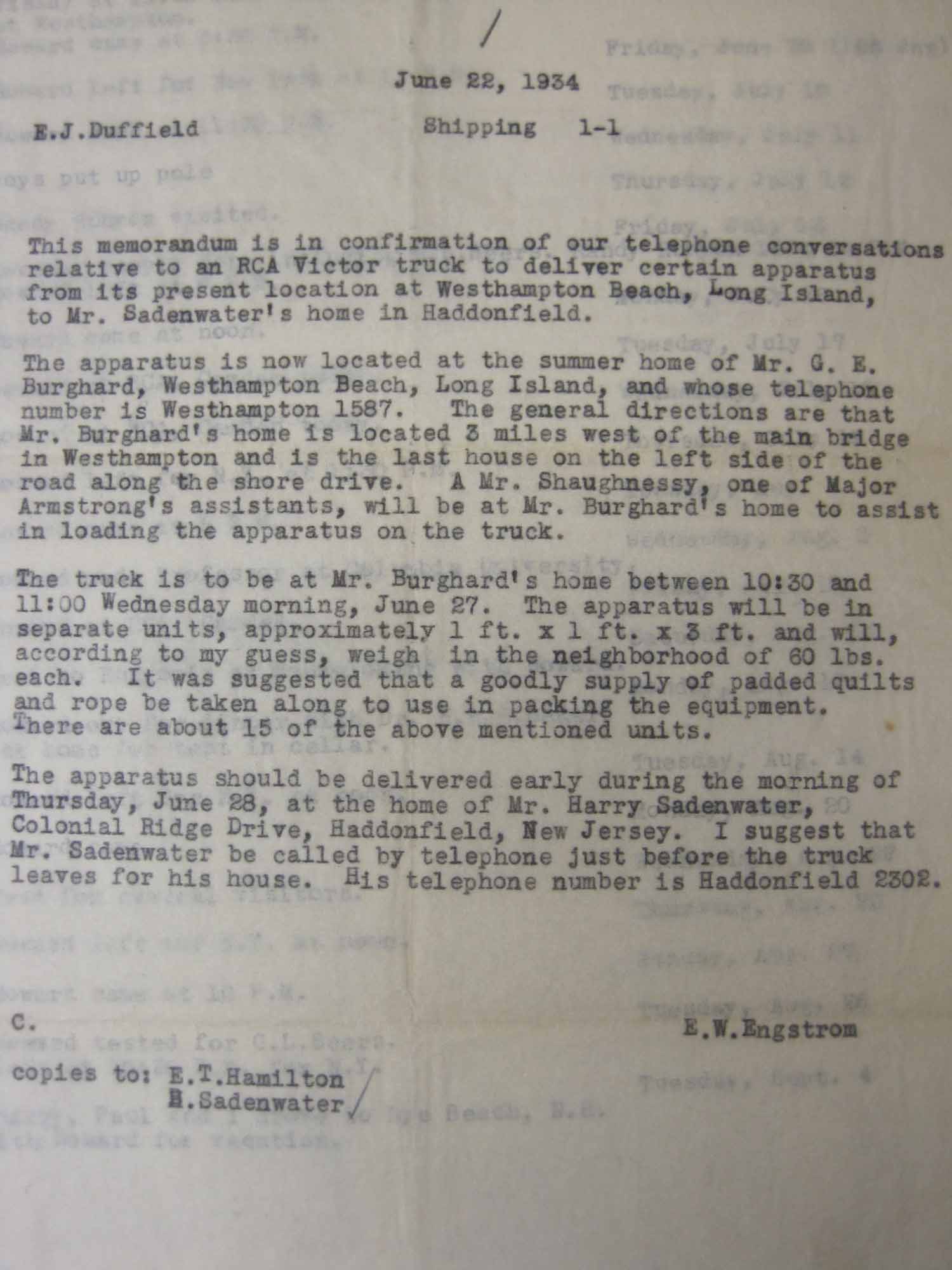 |
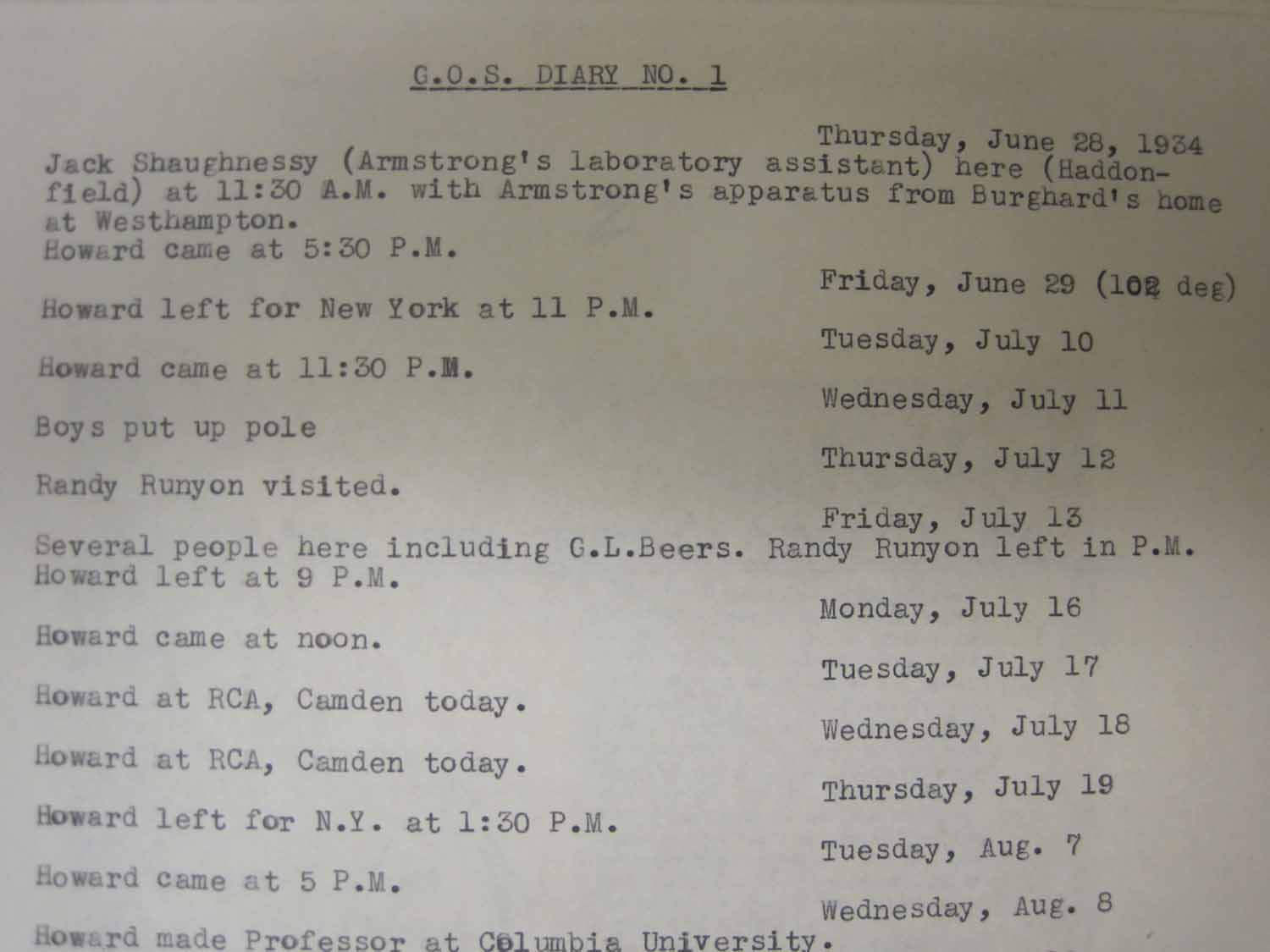 |
Still, RCA would not buy Armstrong’s frequency modulation system. So he attempted to obtain permission to build a high powered FM station in 1935 from the FCC. First, the FCC denied his request. Armstrong then retained an attorney, who was able to get the commissioners to issue an experimental license.
Armstrong began building his station in Alpine, New Jersey. He poured a large sum of money into it, selling some of his RCA stock to do so. There were no FM broadcast stations in existence (with the exception of W2AG, his longtime childhood friend Randy Runyon’s station, operating out of Yonkers, New York), hence all the apparatus would have to be built from scratch. Armstrong oversaw the project from top to bottom.
 |
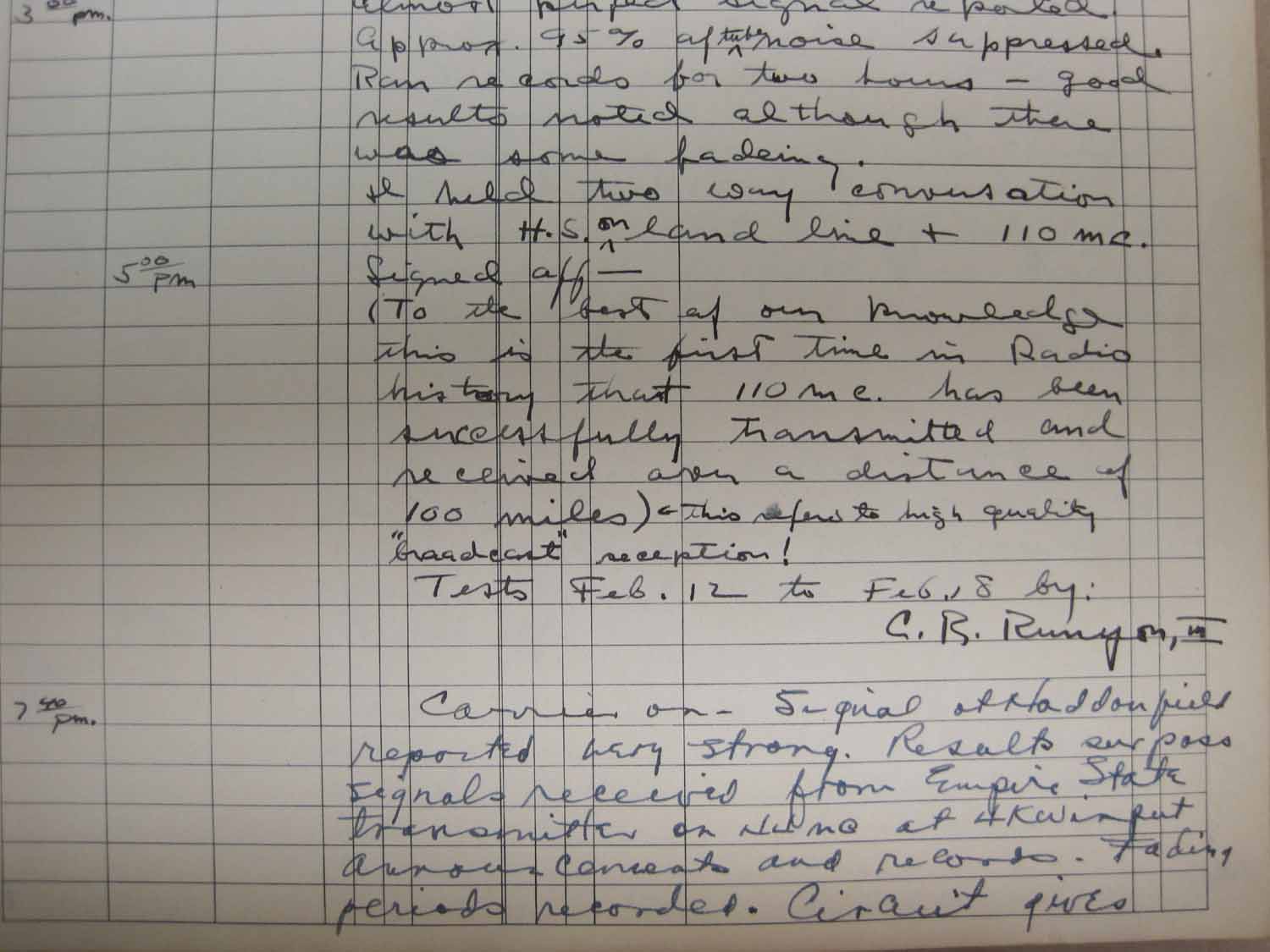 |
Lawrence Lessing describes Armstrong’s creation of Alpine Station W2XMN in his biography "Man of High Fidelity: Edwin Howard Armstrong" best:
The historic significance of Station W2XMN has never been widely realized. Armstrong lavished all the care and attention to detail of which he was prodigiously capable. With this station, the first full-scale one of its kind, many basic contributions were made to ultra-shortwave communications. In the development of an antenna to operate in this relatively untried region of the radio spectrum, Armstrong spent long days at Alpine making meticulous measurements, observations and modifications in antenna design which added much to the sum of general knowledge in this area. In the development of power tubes and other vacuum tubes to operate at these frequencies, Armstrong acted as a goad. No tubes adequately designed to operate at high power in ultra-shortwaves were available when the Alpine station was contemplated. Armstrong bombarded tube manufacturers with observations, criticisms and suggestions that gradually drew forth adequate tubes. All this was part of the enormous influence which, over the years, Armstrong exercised on the development of radio. 1
 |
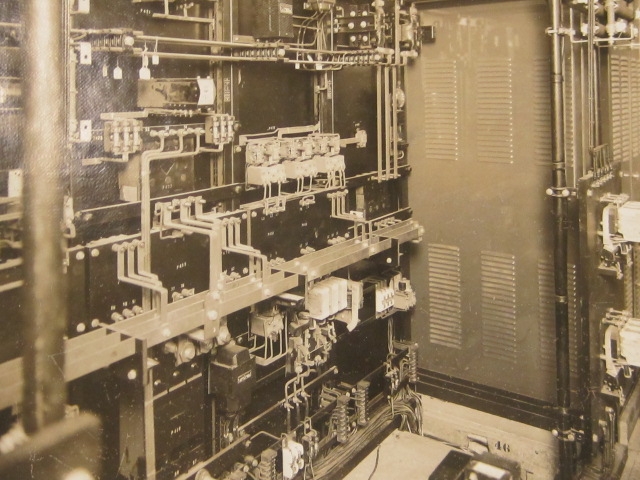 |
Station W2XMN went on the air with a regular operating schedule in July 1939. Immediately following, various other FM stations were going on the air, all under experimental licenses. These stations now wanted to go commercial and thus were applying to the FCC to do so. Finally, at the end of 1939, the FCC began to study the commercial possibilities of FM broadcast. New battles would be forthcoming with the FCC….
 |
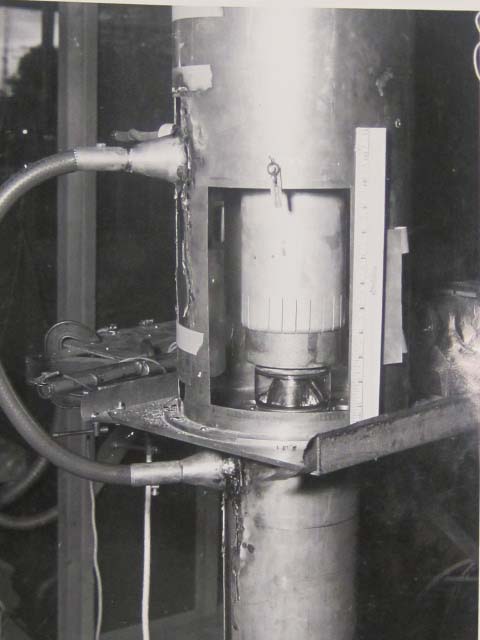 |
Harry Sadenwater’s Notebooks, Amateur Station W2AG Log Book, and all photographs of Alpine, NJ Station can be found within the Edwin H. Armstrong Papers in Columbia University’s Rare Book and Manuscript Library.
1 Lessing, Lawrence, Man of High Fidelity: Edwin Howard Armstrong, J.B. Lippencott Company, Philidelphia and New York, 1956, pp. 256.
good posting
Thank you so much, Michel!
Jen
Jennifer,
I didn’t realize this blog existed until doing some Armstrong googling while listening to the 75th anniversary commemorative broadcast of W2XMN’s first transmission from Alpine, today, November 6, 2010 on 42.8 MHz. See http://www.wa2xmn.ar88.net/. They are rebroadcasting an APR radio play of Empire of the Air, among other programming, from the very tower that Armstrong built.
As an incoming Columbia SEAS freshman in 1977, I was given a paperback copy (Bantam edition, printed in 1969) of Lessing’s Man of High Fidelity. My recollection is this book was given to all SEAS freshmen. I just pulled that volume off my bookshelf. (We have another copy in the W2AEE ham radio shack on top of S.W. Mudd Hall.) After reading the book and not hearing of subsequent classes being given a copy, I assumed SEAS decided to stop distributing it given the tragic story of Major Armstrong — not exactly encouraging for a young engineer!
A number of years ago, I tried to research the history of the CU Amateur Radio Club, callsign W2AEE, and tried to confirm some of the rumors of it’s ancestor being Armstrong’s experimental station, 2XM, which led eventually to W2XMN and finally KE2XCC. I’ve been unable to find complete evidence, but perhaps you may have come across some of this in Armstrong’s papers. Please see http://www.w2aee.columbia.edu/history/ for some of my and other club members’ attempts at documenting our history.